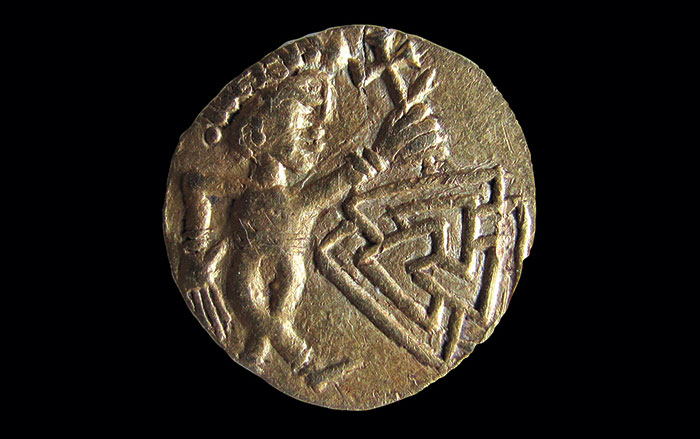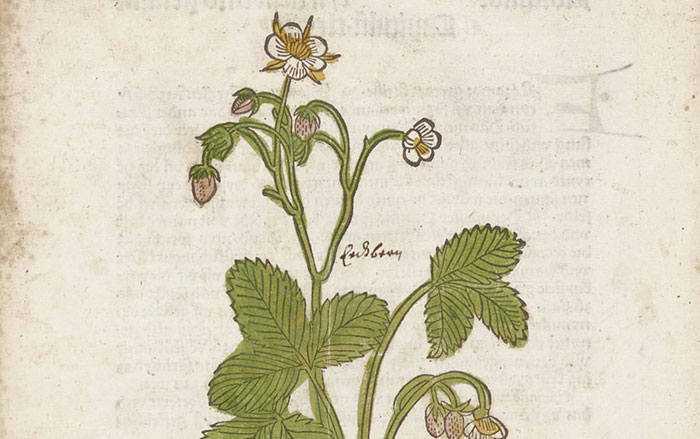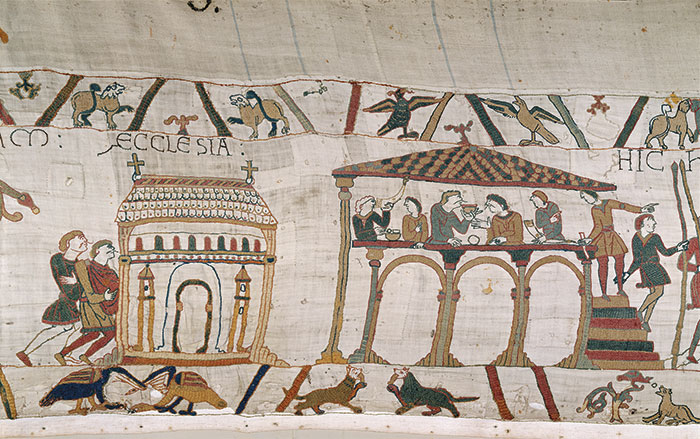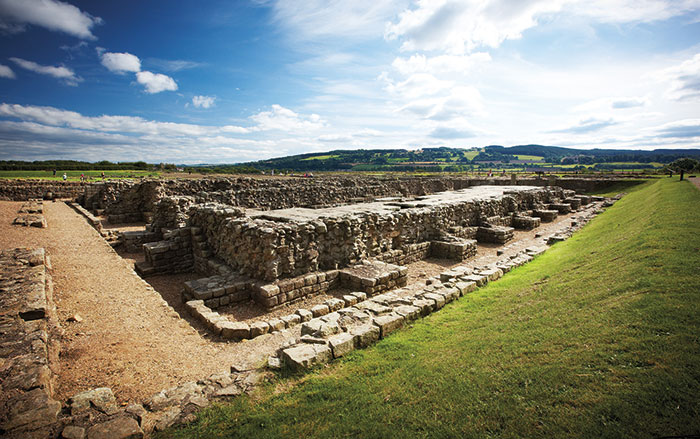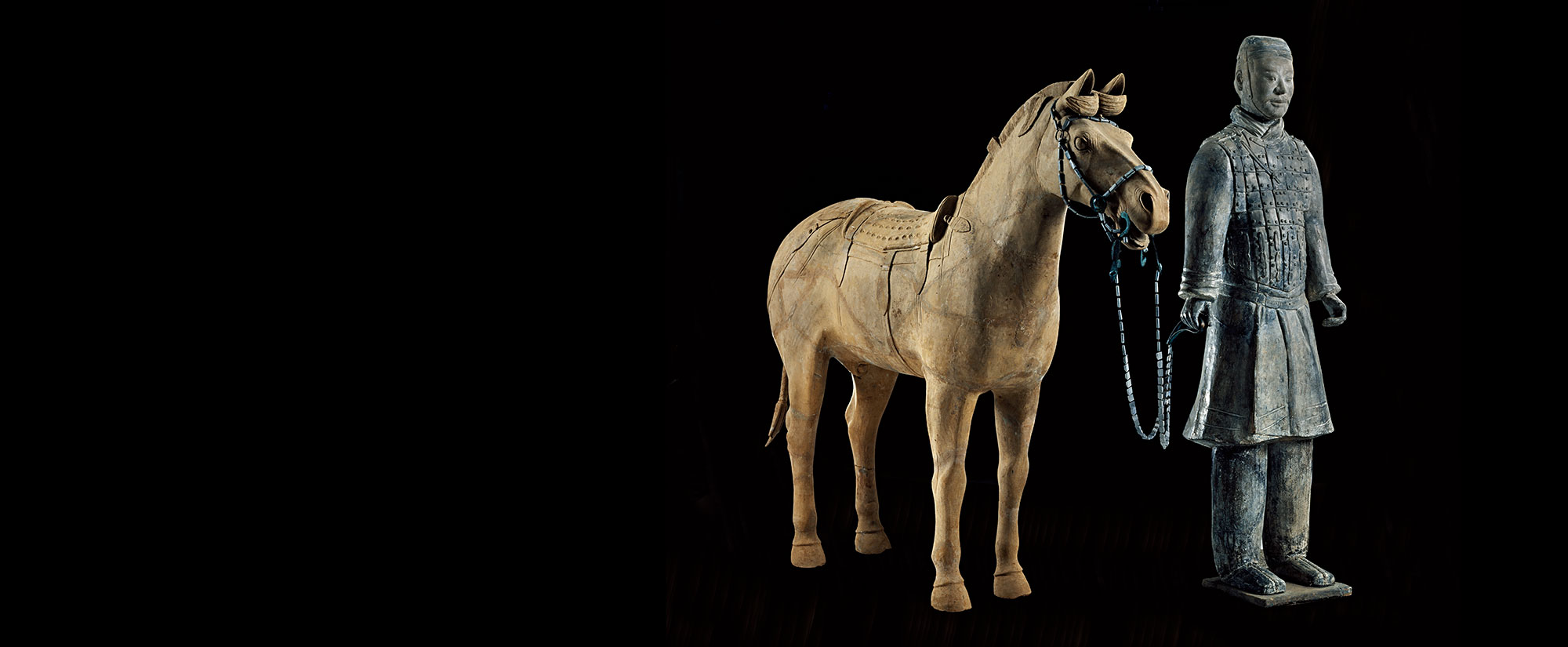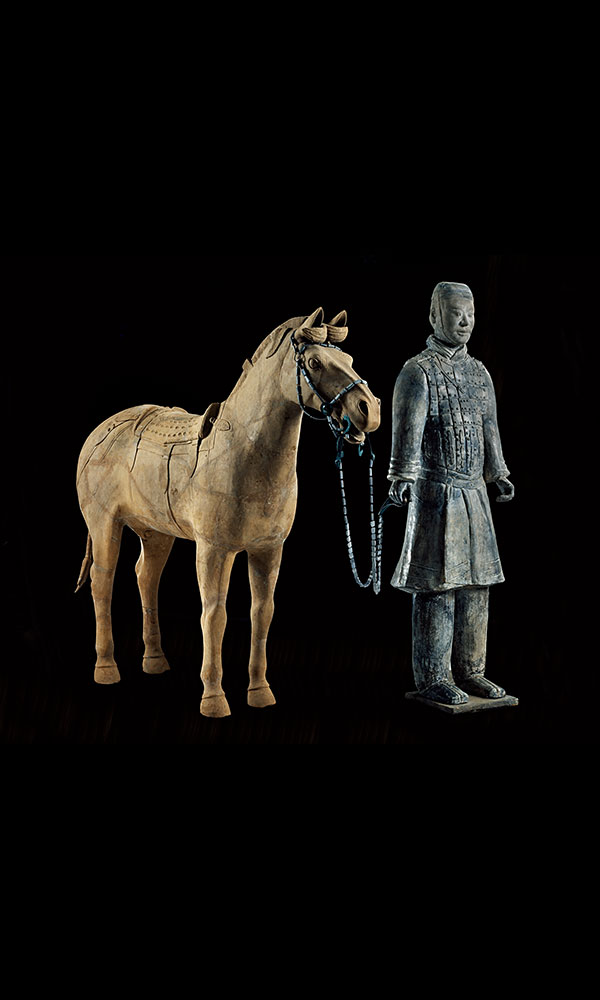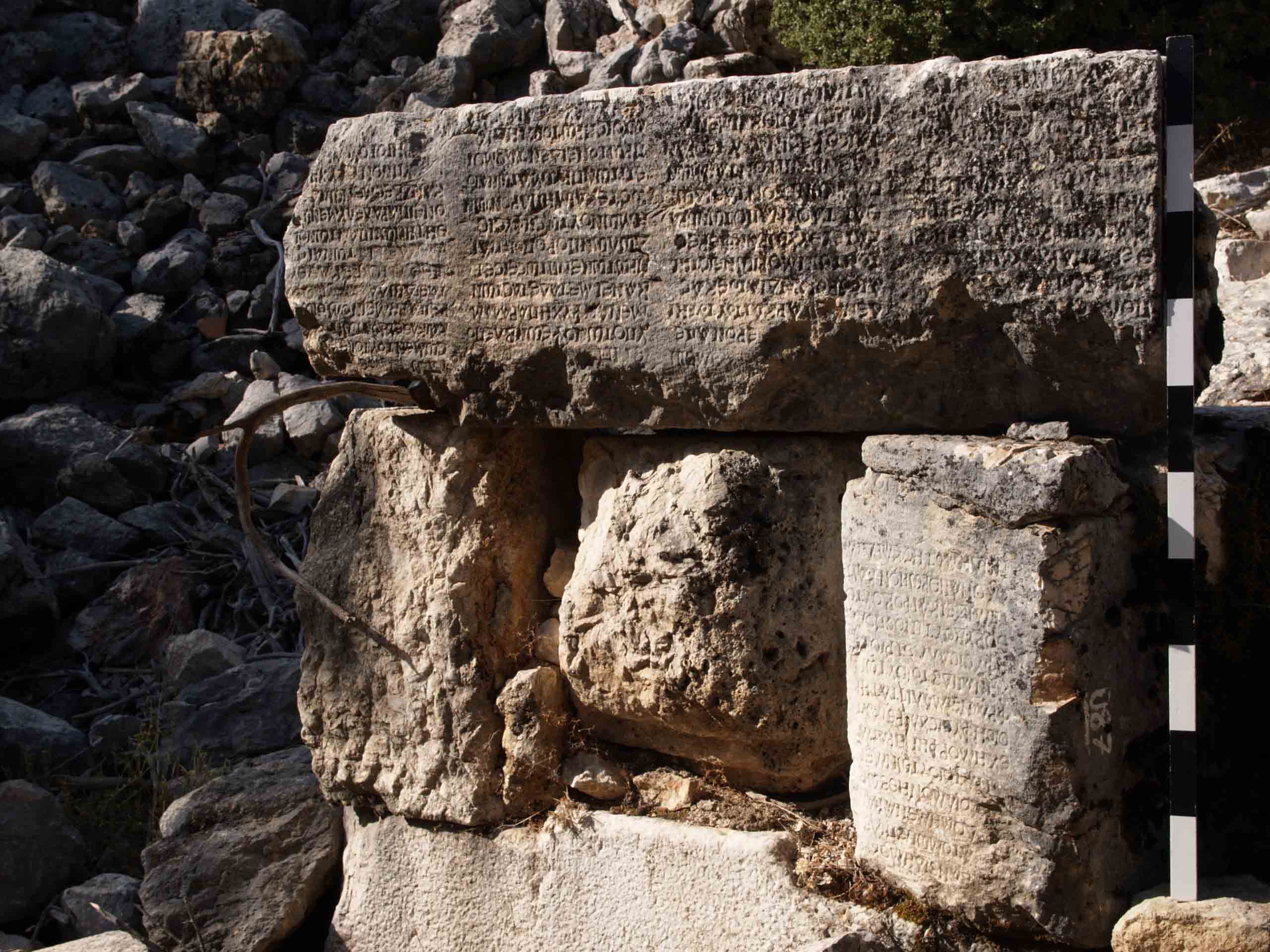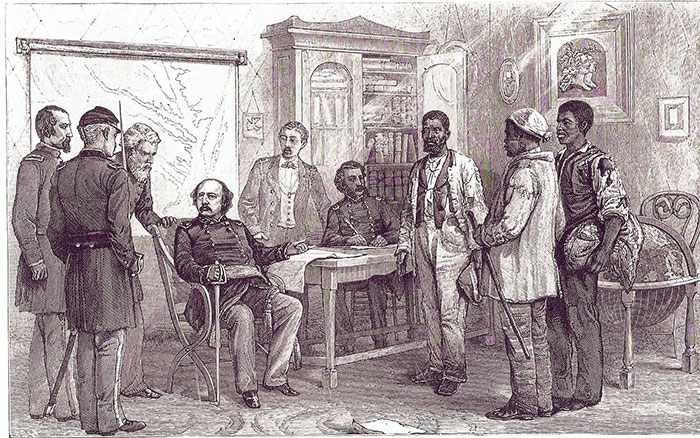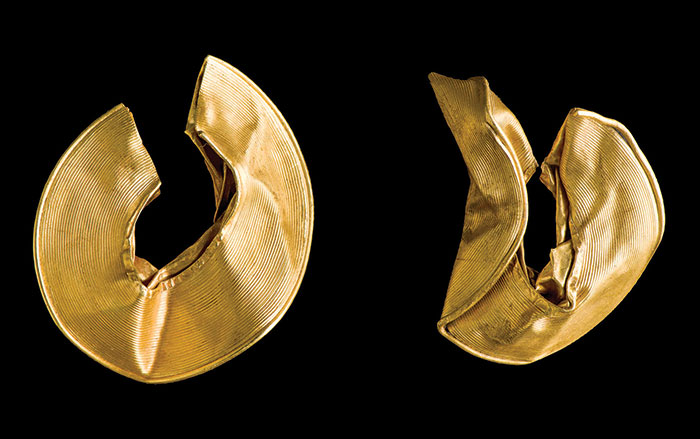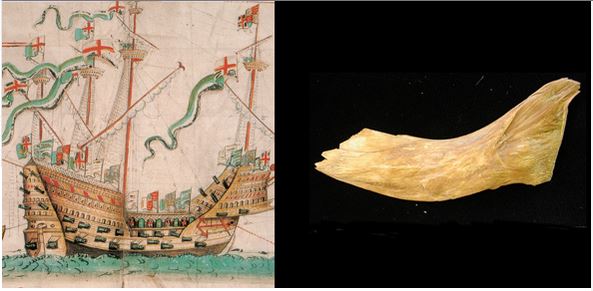
CAMBRIDGE, ENGLAND—The analysis of stable isotopes and DNA of the bones of stored cod provisions from the Tudor shipwreck the Mary Rose has shown that the demand for preserved fish by the English navy and growing urban populations spurred fishing in distant waters. The research team, made up of scientists from the University of Cambridge, the University of Hull, and the University of York, compared bones recovered from different parts of the ship, which sank in the Solent during a battle in 1545, with the markers from fish heads recovered from various archaeological sites. The results suggest that three of the samples from the ship came from the northern North Sea, and seven samples came from waters off the coast of Iceland. One bone may have come all the way from Newfoundland. “At the time of the Mary Rose in 1545, Newfoundland was a small-scale seasonal fishery where mariners went to fish and then come home. Within a century the Newfoundland fishery had become a major economic concern, of greater value than the fur trade, for example,” James Barrett of the University of Cambridge said in a press release. To read about how prehistoric people in North America managed marine resources, go to "The Edible Landscape."


